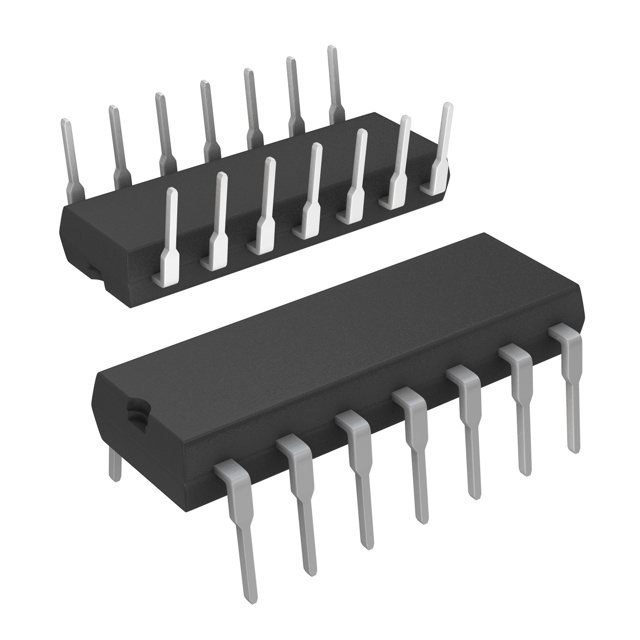74HC3G14GD,125
Manufacturer No:
74HC3G14GD,125
Manufacturer:
Description:
IC INVERT SCHMITT 3CH 3-IN 8XSON
Datasheet:
Delivery:





Payment:




In Stock : 0
Please send RFQ , we will respond immediately.









74HC3G14GD,125 Specifications
-
TypeParameter
-
Package / Case8-XFDFN
-
Supplier Device Package8-XSON (2x3)
-
Mounting TypeSurface Mount
-
Operating Temperature-40°C ~ 125°C
-
Max Propagation Delay @ V, Max CL21ns @ 6V, 50pF
-
Input Logic Level - High1.5V ~ 4.2V
-
Input Logic Level - Low0.3V ~ 1.2V
-
Current - Output High, Low5.2mA, 5.2mA
-
Current - Quiescent (Max)1 µA
-
Voltage - Supply2V ~ 6V
-
FeaturesSchmitt Trigger
-
Number of Inputs3
-
Number of Circuits3
-
Logic TypeInverter
-
PackagingCut Tape (CT)
-
PackagingTape & Reel (TR)
-
Product StatusObsolete
-
Series74HC
The 74HC3G14GD,125 is a hex inverter Schmitt-trigger integrated circuit chip. Here are some advantages and application scenarios of this chip:Advantages: 1. High-speed operation: The 74HC3G14GD,125 chip operates at high speeds, making it suitable for applications that require fast switching and signal processing. 2. Schmitt-trigger input: The Schmitt-trigger input allows for hysteresis, which helps in reducing noise and improving the stability of the input signal. 3. Wide operating voltage range: The chip can operate within a wide voltage range, typically from 2V to 6V, making it compatible with various power supply configurations. 4. Low power consumption: The 74HC3G14GD,125 chip is designed to consume low power, making it suitable for battery-powered applications or devices where power efficiency is crucial. 5. Small form factor: The chip comes in a small package, making it suitable for applications with space constraints.Application scenarios: 1. Signal conditioning: The Schmitt-trigger input and high-speed operation make the 74HC3G14GD,125 chip suitable for signal conditioning applications, such as level shifting, noise filtering, and waveform shaping. 2. Oscillators and clock generation: The chip can be used to generate clock signals or oscillators in digital systems, where precise timing is required. 3. Logic level conversion: The chip can be used to convert logic levels between different voltage domains, enabling communication between devices operating at different voltage levels. 4. Sensor interfacing: The Schmitt-trigger input and noise immunity make the chip suitable for interfacing with sensors, such as proximity sensors or temperature sensors, where reliable signal processing is required. 5. Digital communication: The chip can be used in digital communication systems, such as UART (Universal Asynchronous Receiver-Transmitter) interfaces, to ensure reliable signal reception and transmission.These are just a few examples of the advantages and application scenarios of the 74HC3G14GD,125 integrated circuit chip. The specific use cases may vary depending on the requirements of the system or project.
74HC3G14GD,125 Relevant information








